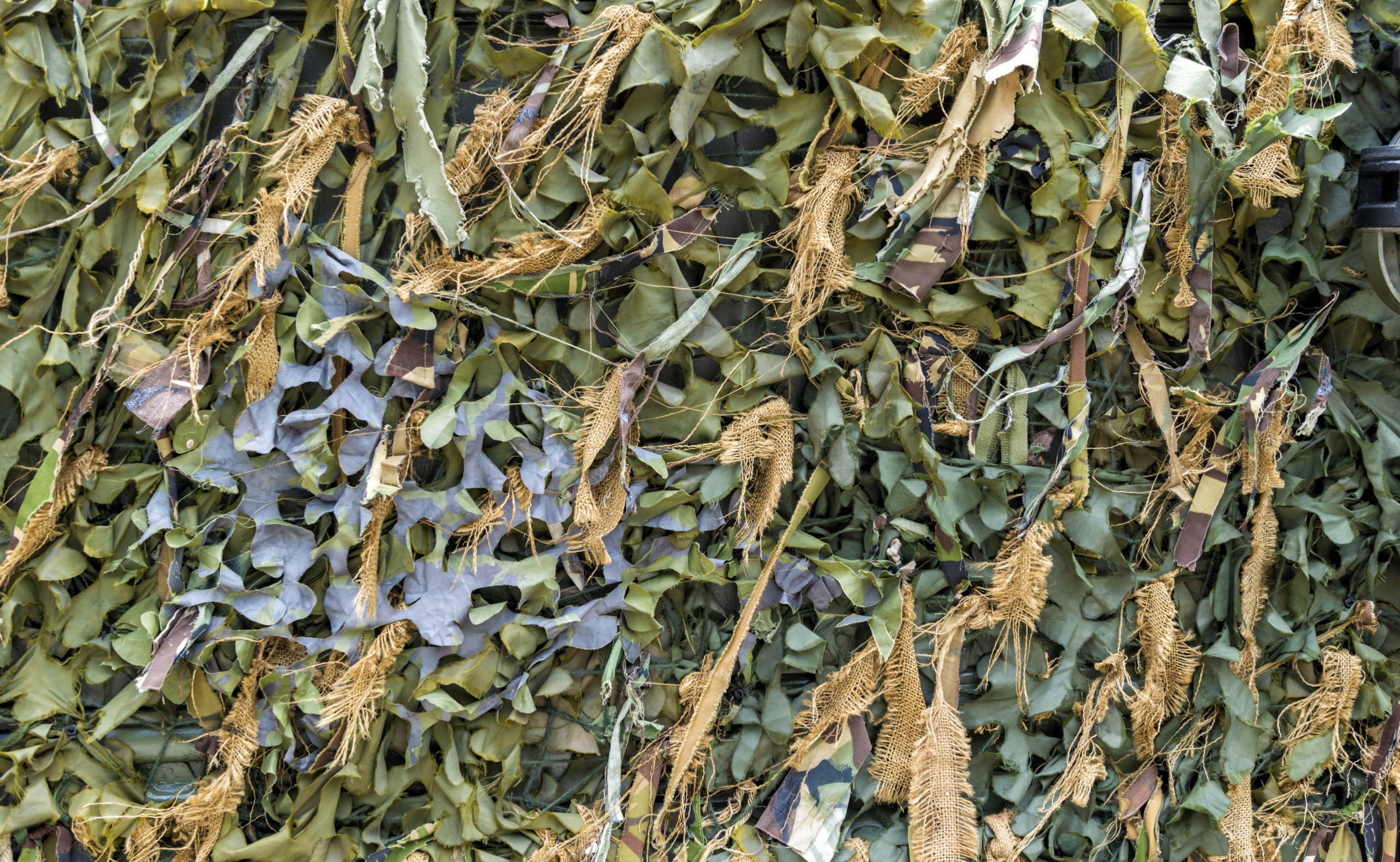I am a war correspondent, based in Afghanistan, for the military newspaper Stars and Stripes. But I spent one Friday night this fall helping a widow find a copy of the paper. Her husband had died while deployed to Afghanistan. She wanted to share the article I had written about the man and father her husband had been.
That same Friday, it seemed the government was finally set to kill Stars and Stripes, which is partly funded by the military but editorially independent. The Pentagon had decided that September 30 would be the last publication date for the 159-year-old newspaper, whose independence has caused clashes with the military, which has significantly curtailed transparency and access in recent years.
After a flood of online outrage, the publication’s demise was averted. And, under a new administration, the concerted efforts to destroy it look set to end. But the shutdown came too close to comfort for Stars and Stripes reporters, like me, working overseas.
The saga began in February, when the Pentagon proposed a budget that stripped funding, a move that surprised management at the paper. Stars and Stripes receives a $15.5 million annual subsidy from the Pentagon, in part to cover the costs of delivering newspapers to bases all over the world. Taking away this money, former secretary of defense Mark Esper said, would allow the Pentagon to focus on “higher-priority issues,” like weapons. This rang hollow, given that the Pentagon’s overall budget is $740 billion.
Even in the digital era, the paper remains a big deal for troops and their families, who often move to far-flung bases that resemble company towns. Many of these bases have newspapers or radio stations funded by the military, but without editorial independence. As a result, they tend not to be the best sources for any news that might not cast commanders on base in the best light.
I know, because I served in the military for nine years as a public affairs specialist, taking photos for my unit’s newspaper. Back then, there was the truth, and then there was the truth that was useful for our commanders. If a topic was too sensitive, we shied away. Stars and Stripes, meanwhile, has investigated veteran suicides, sexual assault, and military housing problems, among other thorny topics.
In Kabul, I am one of three reporters—two American and one Afghan—living in the city, off the bases here. Since learning of the Pentagon’s plans to shut down the newspaper, I’ve been in Doha, Qatar, watching the US sign a deal with the Taliban in hopes of ending the war and pulling foreign troops. I traveled to areas of Afghanistan formerly controlled by the Islamic State that have begun falling under Taliban control after the withdrawal of American forces there. I broke news about an outbreak of coronavirus among Ugandan guards at a base in eastern Afghanistan that required those guards to be evacuated.
My colleague here, Phillip Wellman, reported extensively on how coronavirus travel restrictions led to some contractors at US bases waiting months without pay to travel home. One of those contractors, who had lived in a condition close to detainment, took his own life. We dug for each story in the face of incredible resistance. As one military spokesperson here told me, “Stories like these won’t get you funding.”
It is no easier for reporters with other outlets. Embeds have become almost nonexistent across all publications. Names are no longer given for statements that obviously come from official spokesmen. Off-the-record and no-comment responses are more common. Raw data and statistics, like how many air strikes the US has launched, how many troops deployed have coronavirus symptoms, or how much territory the Taliban controls, have become increasingly classified or unavailable. Military spokespeople have, in private, questioned the wisdom in publicizing statistics that they feel lack purpose, have expressed that transparency constrains them, and have said they want to “do less, better.” The public now knows less about America’s longest war—about whether commanders acted responsibly with the lives of the troops who came here and with the billions of dollars spent.
This is not good for democracy or for military service members and their families. The war is entering one of its most dangerous phases: the withdrawal of American troops and the potential empowerment of the Taliban, as part of a peace deal that has already faced delays and animosity from all parties. Without Stars and Stripes, there would have been even fewer eyes on this crucial moment.
This fall, as I saw signs of the paper’s demise, I thought about the stories that would go unwritten, the boxes I would have to pack, the possibility of moving back home with my parents. I was not expecting thousands of people to begin voicing their support. Veterans, lawmakers, journalists, ordinary people began talking about the importance the newspaper had in their lives. Some spoke about reading the paper while deployed, or after moving to a base in a new country. Stars and Stripes became the number one trending topic on Twitter in America.
Then, shortly after midnight in Kabul, came the tweet from Donald Trump: “The United States of America will NOT be cutting funding to @starsandstripes magazine under my watch. It will continue to be a wonderful source of information to our Great Military!”
Following Trump’s tweet, we received notification that we would receive funds until December 11 as part of a continuing resolution. Yesterday, House representatives voted in overwhelming support of the National Defense Authorization Act, which would, among other things, maintain funding for Stars and Stripes at 2020 levels. Though the threat of a presidential veto remains, we expect Congress to ensure our funding for next year, and to preserve Stars and Stripes as a vital, independent voice for service members and their families.
JP Lawrence is a downrange reporter covering Afghanistan. He previously reported for the San Antonio Express and Albany Times Union, and went to Bard College and Columbia University in New York.

